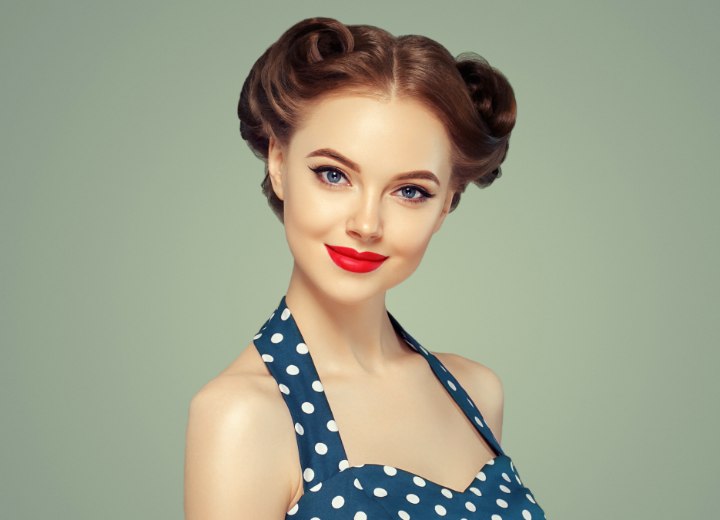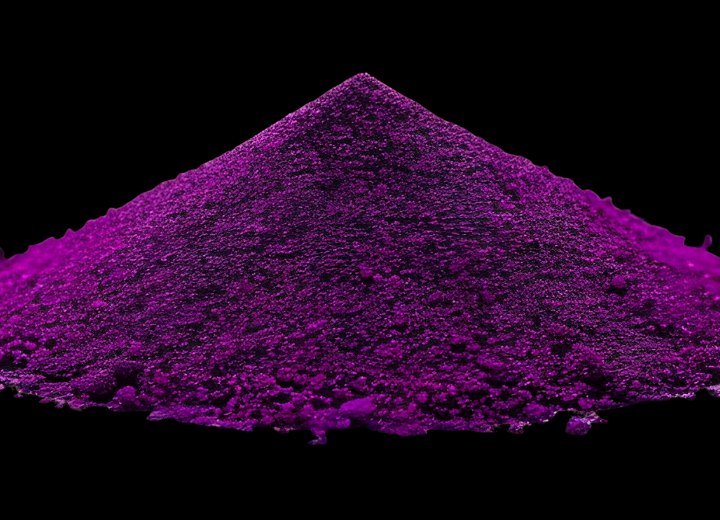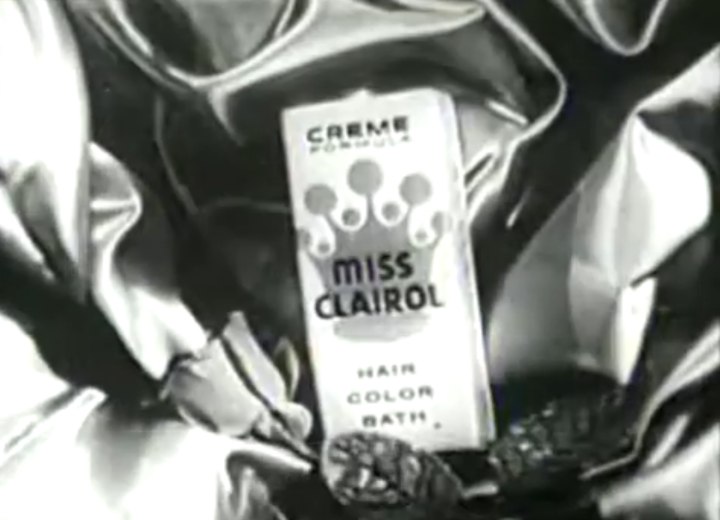History of Hair Color (2)

Today’s trends and the appeal of certain colors is a result of other forms of adoration. Today’s women (and men) will idolize a hair color because of its association with a favorite celebrity. The ease with which you can now change your hair color makes it a simple matter to have the look of the celebrity you favor.
Hair Color Formulas
The first colors for hair were derived from plants and insects. Henna, Chamomile, and Indigo were commonly used in Egypt to color the hair, and in times before, berries were often used to tint the hair as well. Lemon and other citrus juices, black sulfur, alum, and honey mixtures were used to encourage bleaching in the hair to lighten it. These types of "natural" hair colors were predominantly all there and were available until the 19th century when some chemical discoveries were made.
The use of metallic salts has continued to this day, and there is a slightly comical twist to the fact that today's metallic-salt based products for covering gray can have a tendency to turn the hair a slightly green tint if allowed to continue to develop on the hair.

In fact, two of the most widely known product brands for hair coloring got their start at the beginning of the twentieth century. In 1907, French chemist Eugene Schueller developed a hair dye based on a synthetic formulation of paraphenylenediamine, which he called Aureole. This was later changed to "L'Oréal". A few decades later, New York chemist Lawrence Geld developed a hair color that penetrated the hair shaft and started a company to produce and sell it. This was the birth of Clairol. In 1950, he further revolutionized the hair color industry by creating and introducing a single-step hair color product called Miss Clairol Hair Color Bath, which was the first color product that could lighten and tint the hair (without using harsher bleaches) in one process.
The Lasting Effects
The ability to change the color of one's hair permanently (until the natural color grows out enough to show) easily changed the attitudes many women had about hair color. In the 1920s, young women were changing their hair color to suit their sense of style and flair as the Flapper Age burst forth. This was followed by the inevitable backlash of drastic changes in society, and hair coloring was stigmatized in the early 1930s as something only "promiscuous women" did.

By the 1950s, however, there was still some stigma attached for many women, particularly when it came to admitting that they dyed their hair. One of the major reasons for some women to use hair color was to hide the gray hairs that would develop with age. The absence of gray was equated with looking younger.
An advertising copywriter (Shirley Polykoff) is credited with helping to bring hair coloring into the mainstream for modern women when she created an ad campaign with the tagline “Does she… or doesn't she? Only her hairdresser knows for sure.”
This long-running ad campaign is thought to be largely responsible for the dramatic increase in the use of at-home hair coloring products. During the next 20 years, until she gave up the account, the number of American women dyeing their hair rose to more than 40% (from around 7%). This lasting result also helped to cement the future of the company for whom the campaign was designed. That company, of course, was Clairol.

The 1970s brought another attitude shift, as hair color wasn’t just a right, enabling you to cover your gray discretely in privacy, but was a reward. The young advertising executive, Ilon Specht, handling the L'Oréal brand, wrote a slogan that resonated with women all over. Equal rights were a hot-button issue and women all over were clamoring to be acknowledged. The "L'Oréal" slogan, "Because I'm Worth It," boldly declared that every woman has the right to be whoever she wants to be, and "L'Oréal" will help her to reinvent herself in any way she desires.
©Hairfinder.com